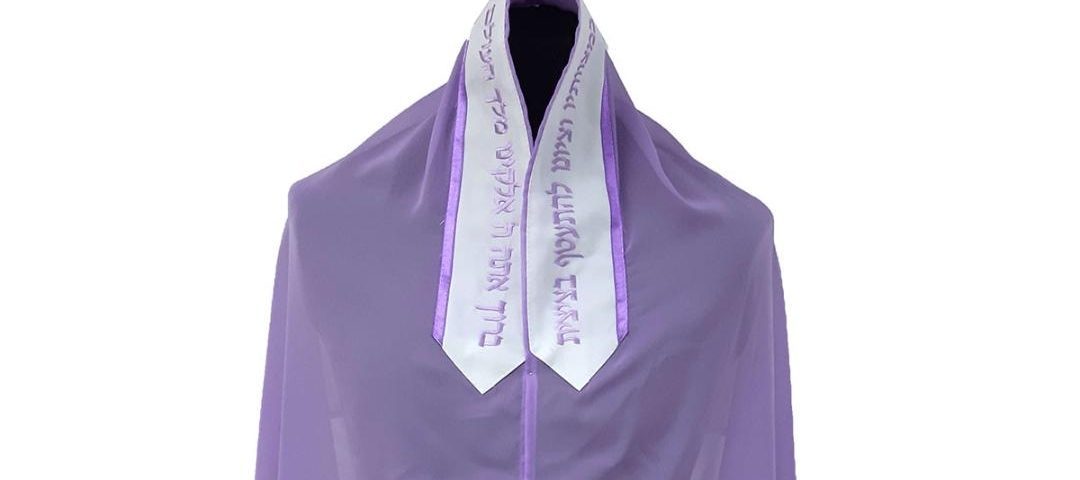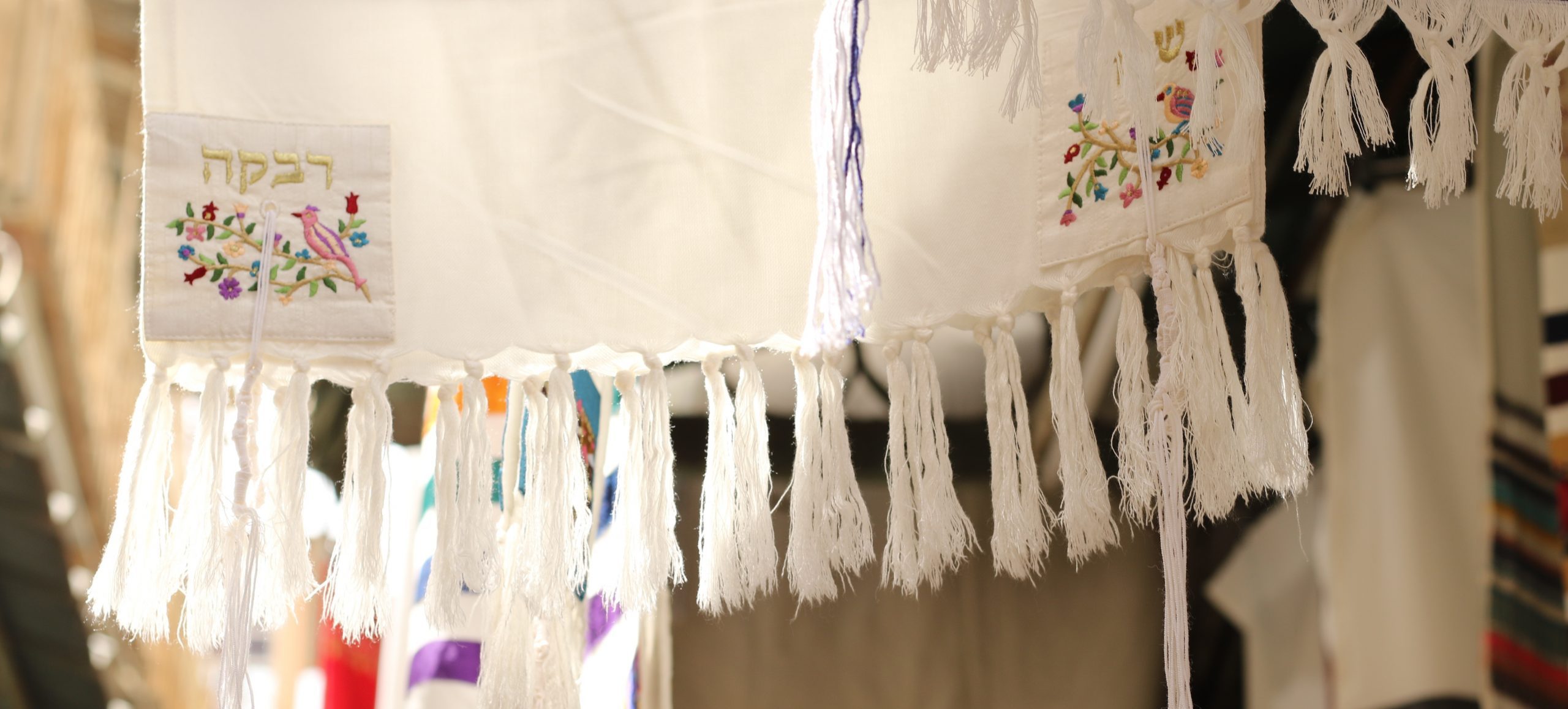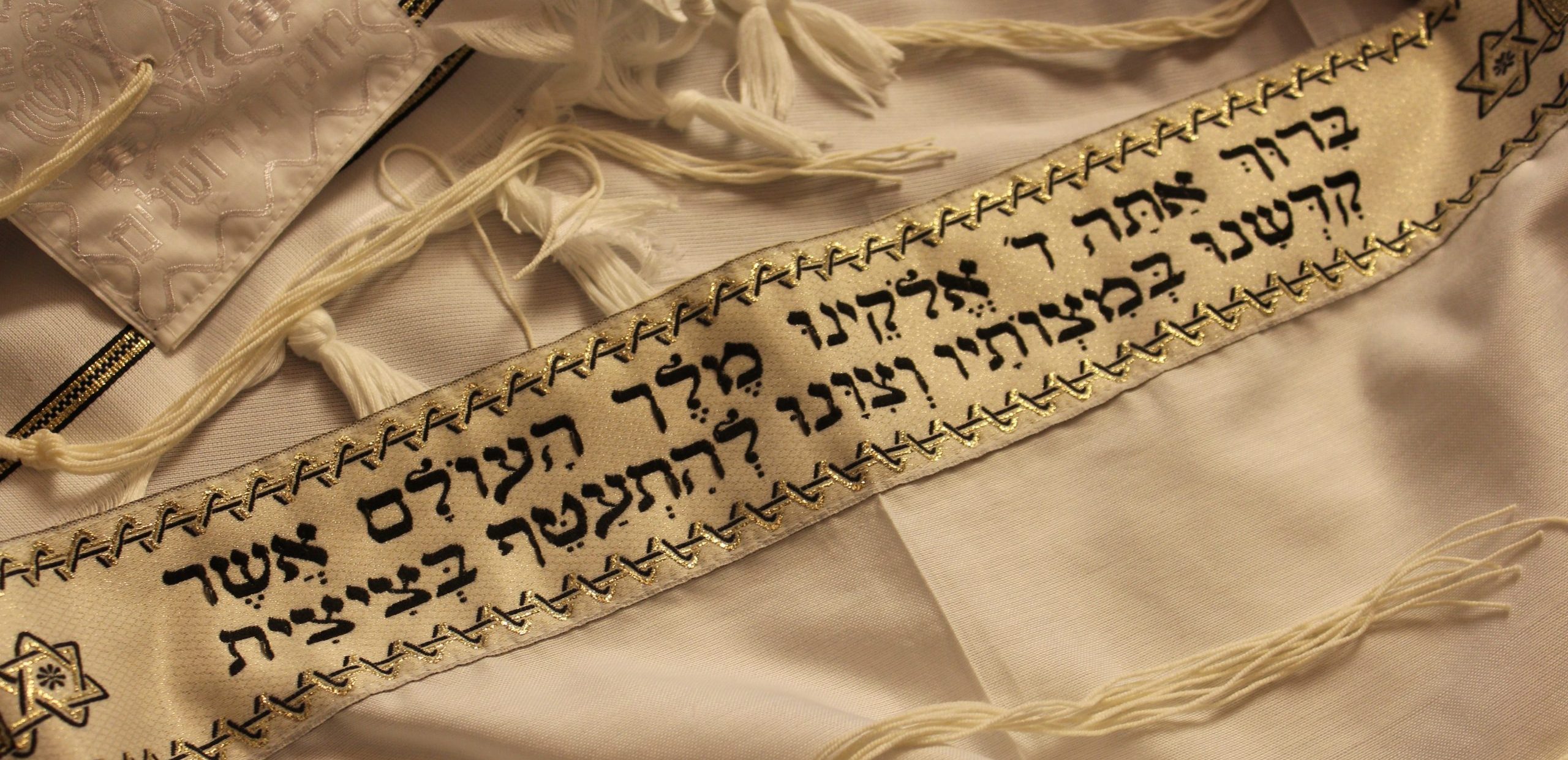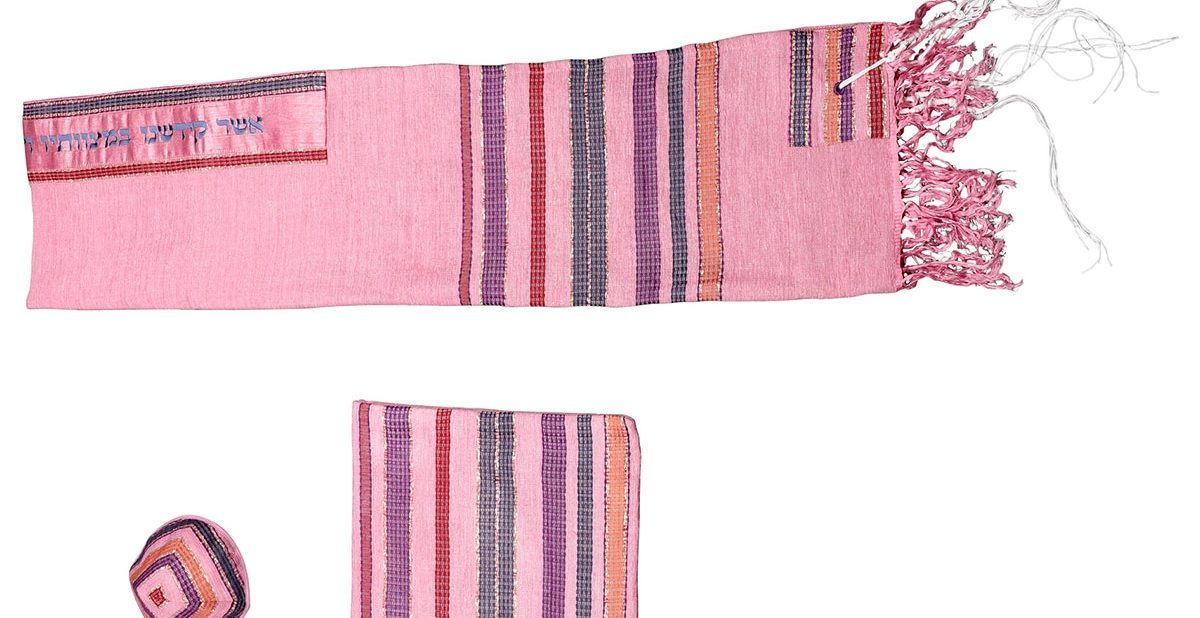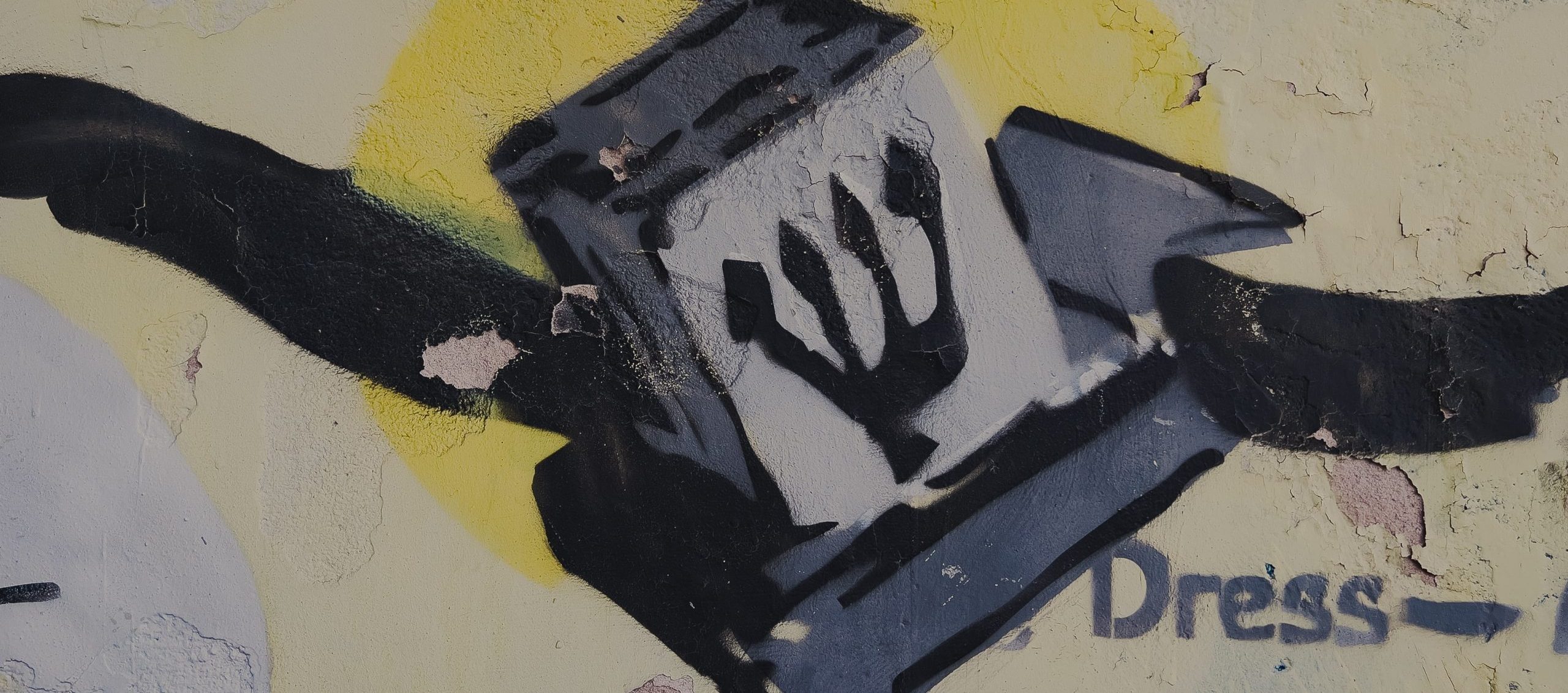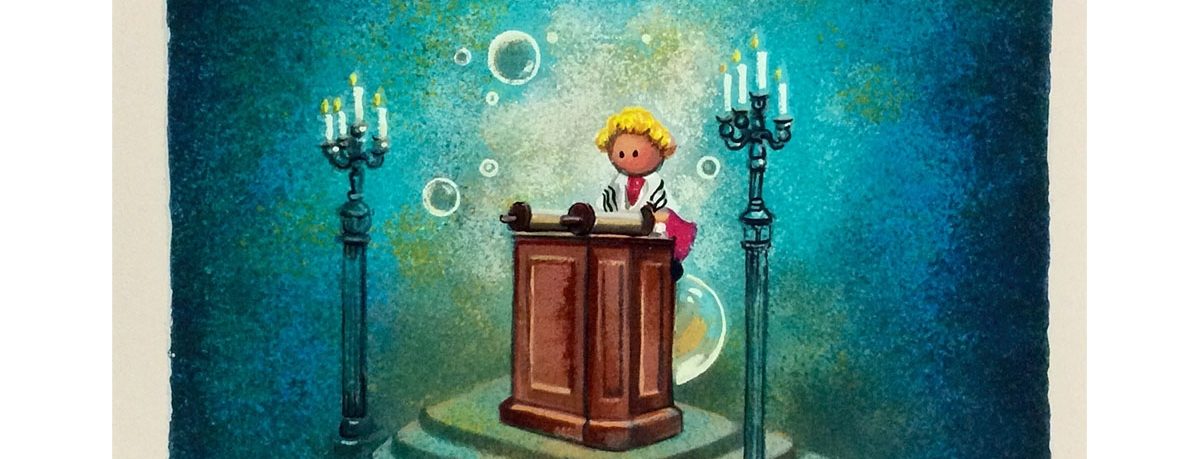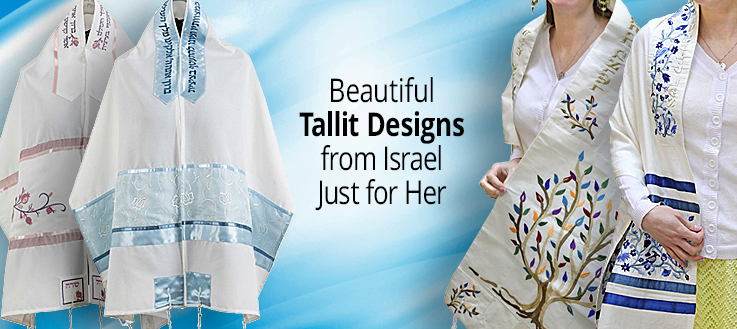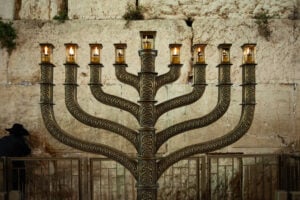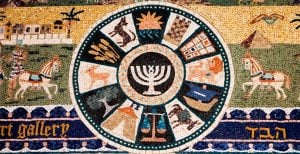The orthodox view on this subject is actually somewhat mixed, but this does not mean that things are merely a matter of preference.
If a woman elects to wear a tallit, she is not even fulfilling a man’s mitzvah of the Tanakh as one doesn’t exist here. Rather, she is donning cloth designed for men, which is crossdressing, a biblical prohibition. This is primarily why most poskim (halachic decisors) do not allow women to wear a tallit even optionally.
Many women find the idea of adopting male-associated items to connect to G-d instead of the ways women have done for millennia would not be feminist in nature either.
That said, a minority of poskim have allowed women to wear one by choice so long as it is designed for women specifically, and is visibly notable as such. The view here is that since women have begun to wear tallitot, often with uniquely feminine styles, the feminine versions would be an article of women’s clothing without the concern of crossdressing, which we have discussed here:
An orthodox woman can ask her rabbi what the local customs might dictate, but even if she does not wear one, there are no shortage of ways for her to connect with G-d through countless mitzvot, as well as learning Torah and participating in the local Jewish community.

